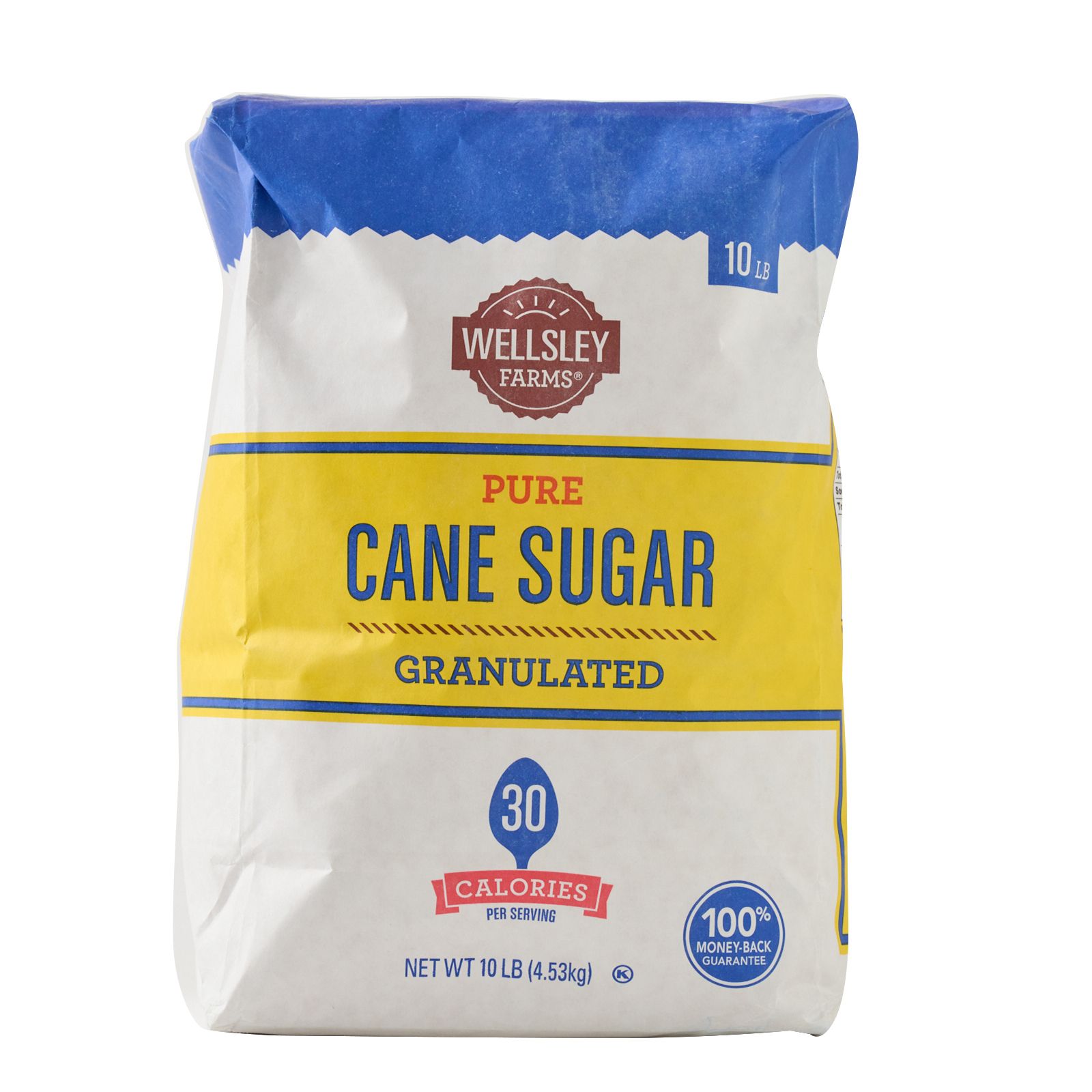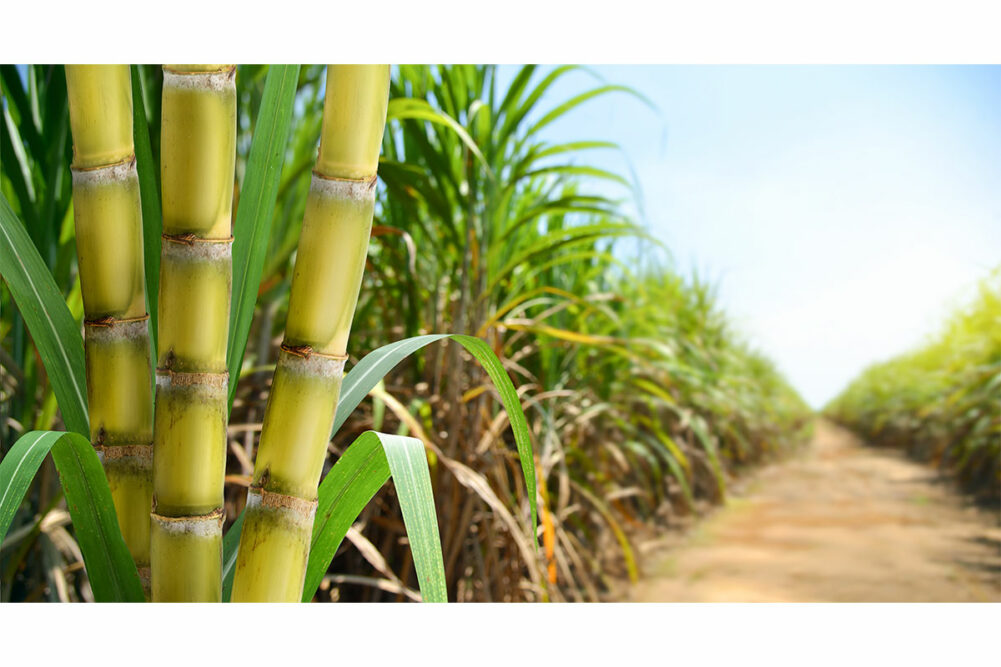The Trip of Cane Sugar Processing: From Harvest to Crystals
The Trip of Cane Sugar Processing: From Harvest to Crystals
Blog Article
Discovering the Comprehensive Steps Involved in Cane Sugar Processing From Collecting to Refinement
The procedure of walking stick sugar production encompasses a collection of intricate actions, beginning with the careful harvesting of sugarcane and finishing in the refinement stages that make sure the final item satisfies industry criteria. Each stage, from the extraction of juice to the purification and formation processes, plays a vital function in identifying the top quality and character of the sugar. Recognizing these stages not just highlights the intricacy of sugar production but likewise elevates critical inquiries about effectiveness, sustainability, and advancement in the market. What implications do these elements have for future practices?
Collecting Sugarcane
Gathering sugarcane is an essential action in the cane sugar processing chain, as it directly influences the top quality and yield of the end product. Correct timing and methods are important during this phase to make sure optimal sugar content and lessen losses. Normally, sugarcane is collected when it reaches maturity, normally 12 to 18 months after growing, defined by a high sucrose concentration.

Post-harvest, the sugarcane needs to be refined promptly to stop sucrose destruction. Preferably, collected cane should be delivered to refining facilities within 24 hr to maintain sugar top quality. As a result, reliable logistical preparation is important to keep the honesty of the gathered crop throughout the supply chain.
Removal Refine

The crushed cane is subjected to a collection of pressing operations to make the most of juice recovery. Usually, warm water is sprayed onto the crushed cane, developing a countercurrent circulation that aids liquify the sugar while also assisting in the extraction process. The juice collected from this operation has not just sugar however likewise various natural substances and pollutants.

To enhance extraction effectiveness, some centers may utilize diffusion techniques, where the sugarcane is saturated in warm water, permitting the soluble sugars to diffuse right into the fluid. The resulting juice, rich in sucrose, is then directed to succeeding processing stages, laying the foundation for purification and improvement. The removal procedure is thus essential in determining the high quality and return of the final sugar product.
Purification Strategies
The purification methods utilized in walking stick sugar handling are important for changing the raw juice right into a high-quality sugar product. These methods mainly aim to remove impurities, such as soil, plant materials, and inorganic substances, which can adversely influence the end product's taste and shade.
This process involves including lime and warm to the raw juice, which helps with the coagulation of impurities. Furthermore, the use of phosphoric acid can improve the clarification procedure by additional binding impurities.
An additional considerable technique is carbonatation, where co2 is introduced to the clarified juice. This response produces calcium carbonate, which records staying contaminations and promotes their removal.
Furthermore, turned on carbon treatment websites might be applied to adsorb any type of remaining colorants and natural impurities, making certain a much more refined item. The combination of these approaches properly prepares the sugar juice for succeeding steps in the refining process, establishing the stage for the manufacturing of top notch walking cane sugar.
Formation Methods
After the filtration stage, the next important why not try these out action in walking cane sugar processing involves condensation approaches, which play a critical duty in transforming the clarified juice into strong sugar. This process commonly employs two main techniques: spontaneous crystallization and controlled condensation.
In spontaneous crystallization, supersaturated sugar options are permitted to cool naturally, leading to the development of sugar crystals over time. This approach permits for the consistent development of sugar crystals and greater pureness.
Throughout formation, the made clear juice is focused via dissipation, increasing its sugar material up until it reaches supersaturation. Once this point is attained, either approach can promote the condensation process. Cane Sugar Processing. The resultant sugar crystals are after that separated from the continuing to be syrup through centrifugation
Inevitably, the selection of formation approach influences the top quality, dimension, and pureness of the final sugar product, making this action important in the overall walking stick sugar handling procedure.
Improvement and Product Packaging
Exactly how can the purity and top quality of walking stick sugar be even more boosted after condensation? The improvement process plays a critical role in attaining high-grade walking stick sugar.
Following, the sugar is subjected to a procedure called centrifugation, where it is spun at high rates to separate the cleansed sugar crystals from the remaining liquid. After centrifugation, the sugar is frequently additional fine-tuned through a technique called carbonization or phosphatation, which makes use of activated carbon or phosphoric acid to get rid of shade and off-flavors.
When improved, the sugar is dried out to achieve the preferred dampness content, making sure that it remains secure throughout storage and transportation. The final action entails product packaging the refined sugar in moisture-proof and closed containers to keep its high quality and stop contamination. Cane Sugar Processing. Correct packaging not just prolongs service life but also facilitates simple handling and circulation, ensuring that customers receive sugar that fulfills the greatest standards of purity and high quality
Final Thought
The detailed actions entailed in cane sugar handling, from the meticulous harvesting of sugarcane to the elaborate refinement and packaging stages, underscore the relevance of each phase in ensuring top notch sugar manufacturing. Ideal harvesting methods, effective extraction approaches, and extensive purification processes collectively add to the final item's pureness and stability. The formation and subsequent packaging techniques even more improve the integrity and service life of the sugar, highlighting the intricacy and precision inherent in this important click here now agricultural industry.
The process of cane sugar manufacturing includes a series of intricate actions, beginning with the careful harvesting of sugarcane and finishing in the refinement stages that ensure the last product fulfills industry criteria. Ideally, harvested walking cane must be carried to processing facilities within 24 hours to maintain sugar high quality.In spontaneous formation, supersaturated sugar services are enabled to cool naturally, leading to the development of sugar crystals over time - Cane Sugar Processing. The improvement process plays an important role in attaining premium walking stick sugar.The detailed steps included in cane sugar handling, from the thorough harvesting of sugarcane to the detailed refinement and product packaging stages, emphasize the significance of each phase in making certain top notch sugar production
Report this page